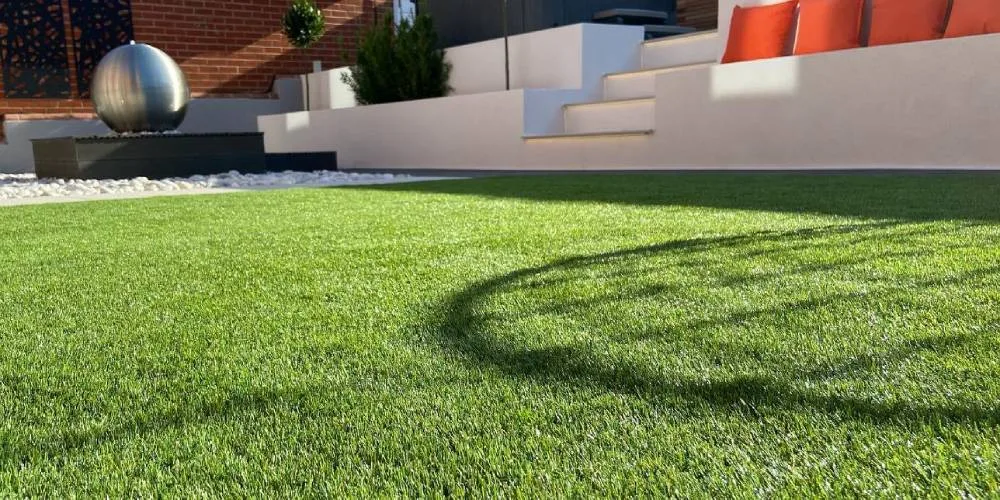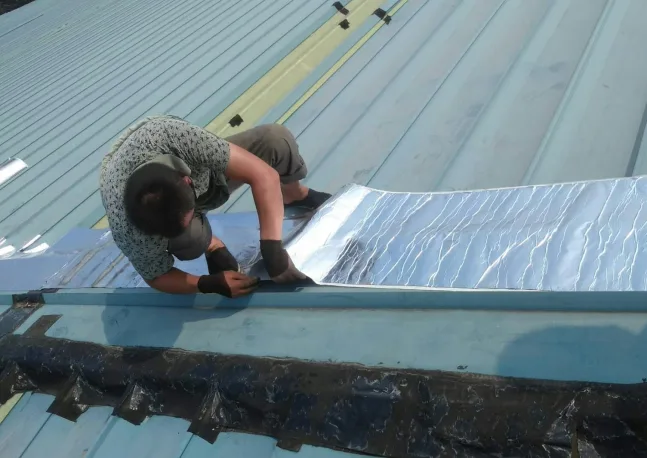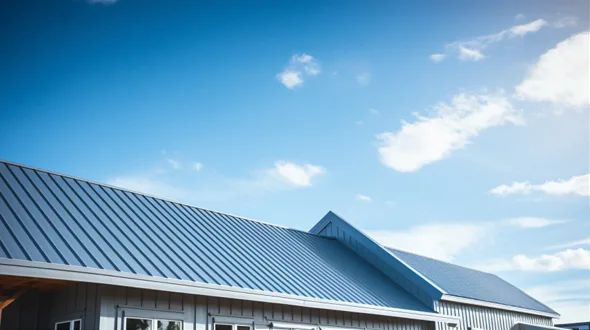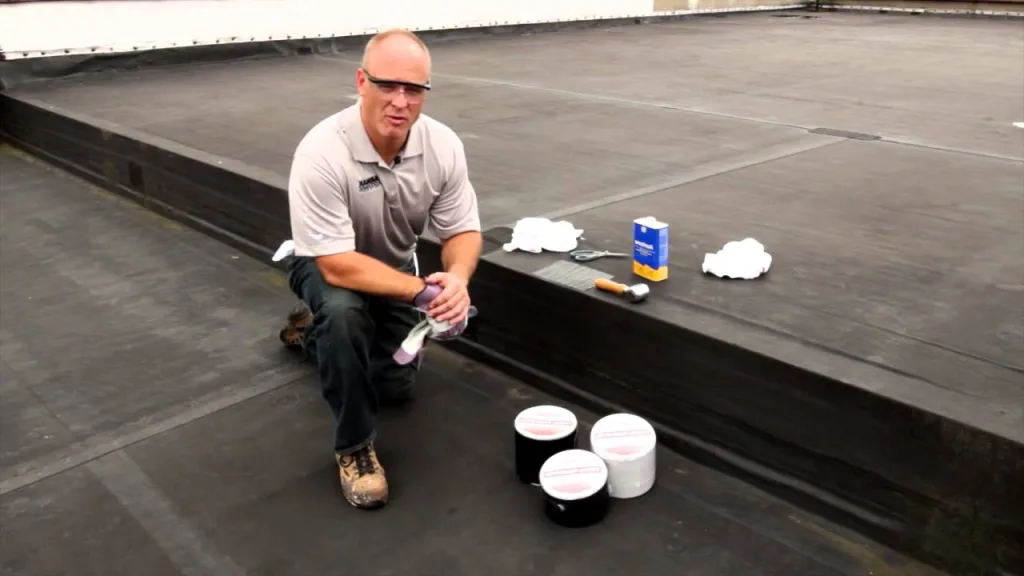The difference between two seemingly similar tapes could be the secret to a leak-free RV or a long-lasting deck? When it comes to butyl tape and putty tape, understanding their unique properties and best-use scenarios can save you both time and money. In this article, we’ll dive deep into what sets these tapes apart, when to use them, and which one offers better value. Ready to make an informed choice? Let’s get started.
What is Putty Tape?
Putty tape, also referred to as butyl putty tape, is a moldable sealing tape made from a putty-like substance. While it shares some similarities with butyl tape, putty tape is softer and often used in applications where flexibility and immediate adherence are crucial. It is commonly seen in RV repairs, as it conforms easily to uneven surfaces like RV windows, seams, and roof joints.
Surfaces putty tape adheres to include:
- Aluminum
- Glass
- Plastic
- Fiberglass
- Painted wood
Putty tape offers a strong initial bond but may not provide the same long-term durability as butyl tape under extreme conditions.
What is Butyl Tape?
Butyl tape is a high-performance adhesive tape made from synthetic rubber known as butyl. It is prized for its exceptional sealing capabilities and its resistance to weather, UV rays, and temperature fluctuations. Its elasticity allows it to conform to irregular surfaces, ensuring a watertight seal.
Surfaces butyl tape adheres to include:
- Metal
- Glass
- Plastic
- Wood
- Rubber
- Concrete
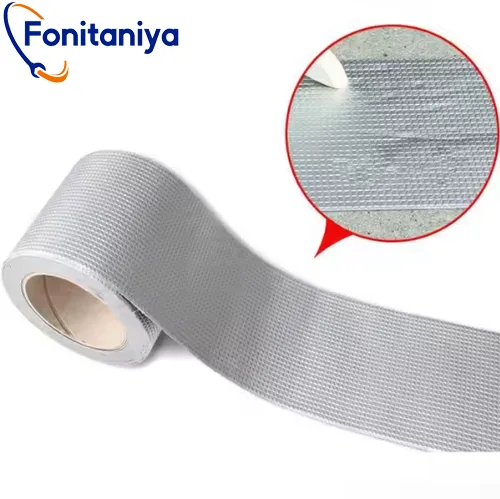
Butyl tape is commonly used in automotive, construction, and roofing industries because of its durability and ability to maintain adhesion in challenging environments.
When to Use Butyl Tape or Putty Tape?
Surfaces Exposed to Vibration and Motion
Butyl tape excels in situations involving vibration, such as sealing vehicle panels or construction joints. Its elasticity prevents cracking over time. Putty tape, while effective initially, may degrade faster in high-motion scenarios.
Environments with Moisture and Extreme Temperatures
For roofs, chimneys, and other outdoor surfaces, butyl tape provides superior moisture resistance and remains functional in temperatures ranging from -40°C to 100°C. Putty tape may lose its integrity in prolonged exposure to harsh weather.
Windows
Putty tape is the traditional go-to for RV windows and seams because it conforms perfectly to uneven surfaces. Butyl tape, on the other hand, can offer a more robust seal for home windows where durability is critical.
Decks
When sealing seams on wooden decks, butyl tape offers better long-term performance due to its resistance to water and UV degradation. Putty tape may peel over time in high-traffic areas.
EPDM Rubber Roofs
For sealing rubber roofs, butyl tape adheres more effectively to EPDM, providing a strong and lasting bond. Putty tape tends to degrade faster under UV exposure.
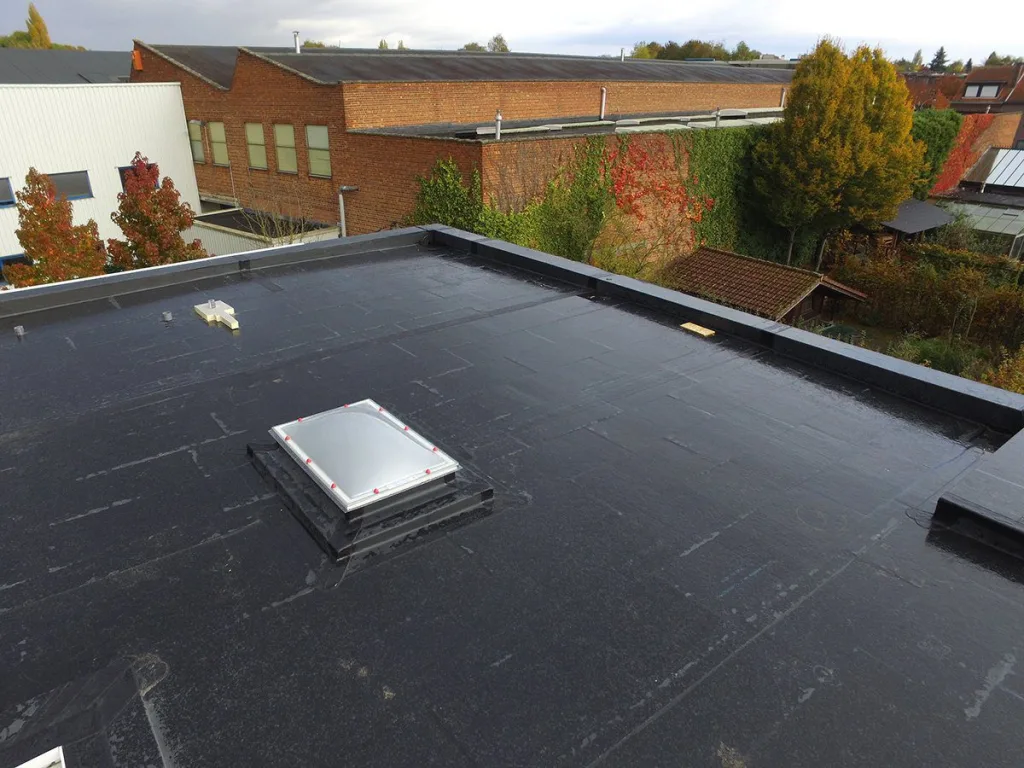
Water Pipes
For sealing leaky pipes or joints, both tapes can be used, but butyl tape is preferred due to its ability to handle pressure and moisture over time.
Cost Effectiveness of Butyl Rubber Tape and Putty Tape
When it comes to cost, putty tape is generally cheaper upfront. A roll of RV putty tape might cost around $10–$15, while butyl tape is slightly more expensive, with prices starting at $15 and going up to $25 or more depending on the size and thickness.
However, longevity and durability often make butyl tape more cost-effective in the long run. For example, using butyl tape in roofing applications can prevent costly repairs down the line, whereas putty tape might require more frequent replacements.
If you want to learn more about butyl tape and its properties, please read: what is buty tape?
Conclusion
Understanding the differences between butyl tape and putty tape can help you choose the right product for your specific needs. While putty tape is ideal for quick fixes and flexible applications, butyl tape offers long-term reliability in harsh conditions.
At Fonitaniya™, we’ve been crafting adhesive solutions like butyl rubber tapes for over 15 years, helping professionals and DIY enthusiasts achieve lasting results. Whether you’re sealing a roof or securing a water pipe, trust our tapes to deliver. We’re constantly innovating, so stay tuned for our latest specialty adhesive products.
FAQs About Putty Tape
What is putty tape used for?
Putty tape is used for sealing RV windows, doors, and seams, as well as other applications where flexibility is needed.
Can I use butyl tape instead of putty tape?
Yes, butyl tape is often a better option for long-term durability, especially in harsh weather or high-motion environments.
How long does putty tape last?
Putty tape lasts several years in mild conditions but may degrade faster in extreme temperatures or direct sunlight.
Is putty tape waterproof?
Putty tape is water-resistant but not as robustly waterproof as butyl tape, especially in prolonged exposure to moisture.
Does putty tape stick to rubber roofs?
Yes, but it may not adhere as well or last as long as butyl tape on EPDM rubber roofs.

